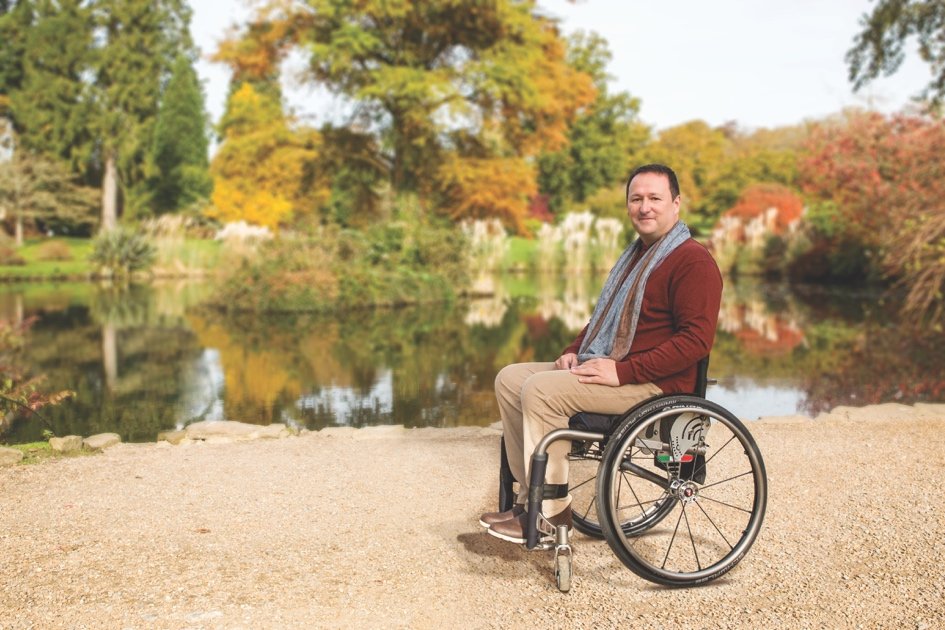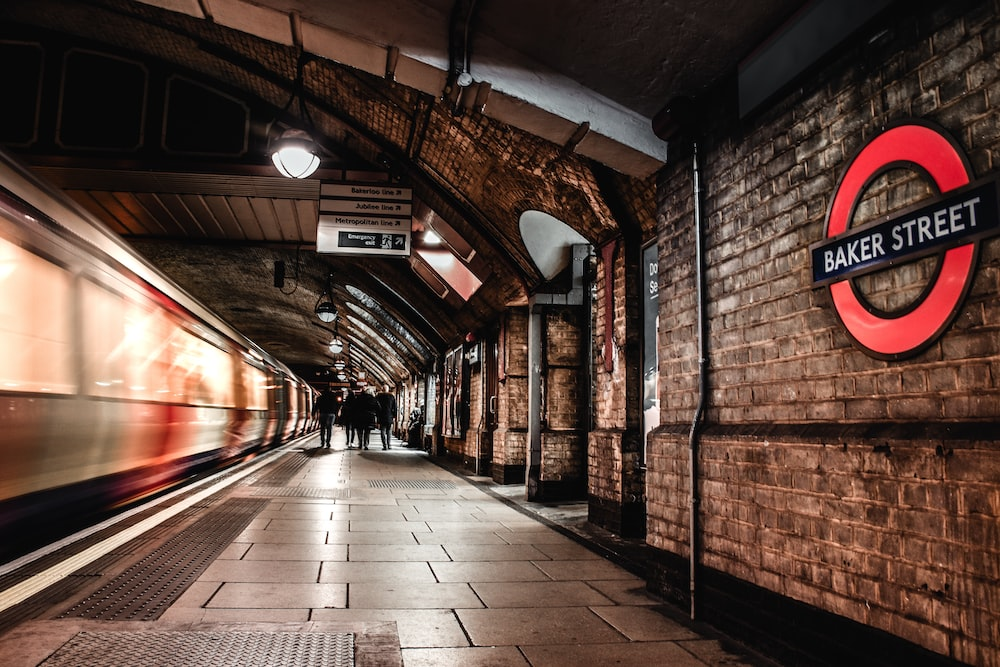TV presenter and disability campaigner Mark Lane calls for better accessibility standards on London’s Underground
…As research reveals less than a fifth of London’s Tube stations are fully accessible
- On average, just 19% of London’s 272 Underground stations are fully accessible, a new study from Stannah reveals
- Central and Bakerloo lines the least accessible, with no stations with step-free access from street to train
- Only 22 of 62 stations in Zone 1 are fully accessible
- BBC Morning Live presenter and disability activist Mark Lane calls on TfL for improvements in accessibility across the Tube network
Less than one in five (19%) of the London Underground’s Tube stations are accessible, according to a new study.
The research, from stairlift and home lift company Stannah, analysed how many Tube stations provided step-free access from street to train to deduce how many are truly accessible. While many stations claim to be accessible due to step-free access from street to platform, this can still pose issues for Tube users with limited mobility and wheelchair users.
Mark Lane, disability campaigner and star of BBC Morning Live, has joined forces with Stannah to call for improvements to accessibility on London’s Underground network, saying, “TfL’s definition of disability needs to be revisited, and its Access Plan needs to be reassessed and updated”.

The Bakerloo and Central Lines were found to be the least accessible lines on the Tube network, with no step-free street-to-train stations found along either line, while the two had six and 13 step-free street-to-platform stations, respectively.
Meanwhile, the Jubilee Line is revealed to be the Underground’s most accessible, despite just 56% of stations being fully accessible from street to train. Following the Jubilee Line is the Victoria Line (44%) and Northern Line (23%).
In Zone 1 – the busiest and most central of the Underground’s zones, home to major landmarks like Buckingham Palace and the London Eye – only 22 (35%) of the 62 Underground stations completely cater for the disabled community.
There have been developments across the network in recent years, though. Transport for London has been working since 2016 to reduce journey times for those needing accessible routes by 40%, with plans to hit 50% by 2041. The more recently opened Elizabeth Line has step-free access from street to platform across all stations, and ten stations have been shortlisted for step-free access upgrades in 2023 and 2024.
Stannah’s analysis of the accessibility of London’s Underground lines ranked the least to most accessible lines, based on the percentage of stations with step-free access from street to train:
- Bakerloo – 0%
- Central – 0%
- Circle – 11%
- Piccadilly – 17%
- Metropolitan – 18%
- Hammersmith and City – 21%
- District – 22%
- Northern – 23%
- Victoria – 44%
- Jubilee – 56%
Mark Lane, who is working with Stannah to campaign for better accessibility and uses a wheelchair full-time, calls for improvements across TfL’s network:
“Getting around London isn’t easy at any time, but when you have a disability, it can be even harder. Unsurprisingly, wherever I go, I have to plan my route, but this normally involves driving to most destinations. When it comes to London, though, driving is not always feasible, so I must rely on public transport, such as the Tube.
“With not enough stations being accessible, I invariably end up at a station along the desired route that is not my preferred destination. This means I have the additional expense of a bus or taxi to take me back to the station I need to get to.
“It’s all well and good introducing a raised area on the platform, but I often find that there isn’t a member of staff on the platform to assist me, and the 30-centimetre gap (‘Mind the Gap’) still makes it very difficult, especially when I’m in my manual or powered wheelchair.
“Add a platform full of commuters and travellers, making the whole experience difficult and sometimes scary. Imagine sitting on the platform‘s edge (behind the line) with hundreds of passengers behind you, pushing as the doors open. Or imagine being behind the crowds and trying to make yourself known to others so that a route can be made to the designated wheelchair positions on the train – not easy when the carriage is full.
“It’s time for Transport for London (TfL) to reassess its Access Plan. I fully understand that, in most cases, they are dealing with a network over 150 years old. Adding lifts is one thing, but what happens when the lifts don’t work? Why doesn’t Transport for London add stairlifts to every set of steps? They can often make it easier for disabled users to navigate the Underground network.
“More maps and information panels need to be positioned so that people in wheelchairs can see them and have versions in braille and large print for blind and visually impaired persons. The Access Plan is not being introduced quickly enough, as far as I’m concerned. Why should I have to travel at quieter times or have the additional expense of a bus or taxi?
“Travelling should be easy for everyone, not just the able-bodied!”



